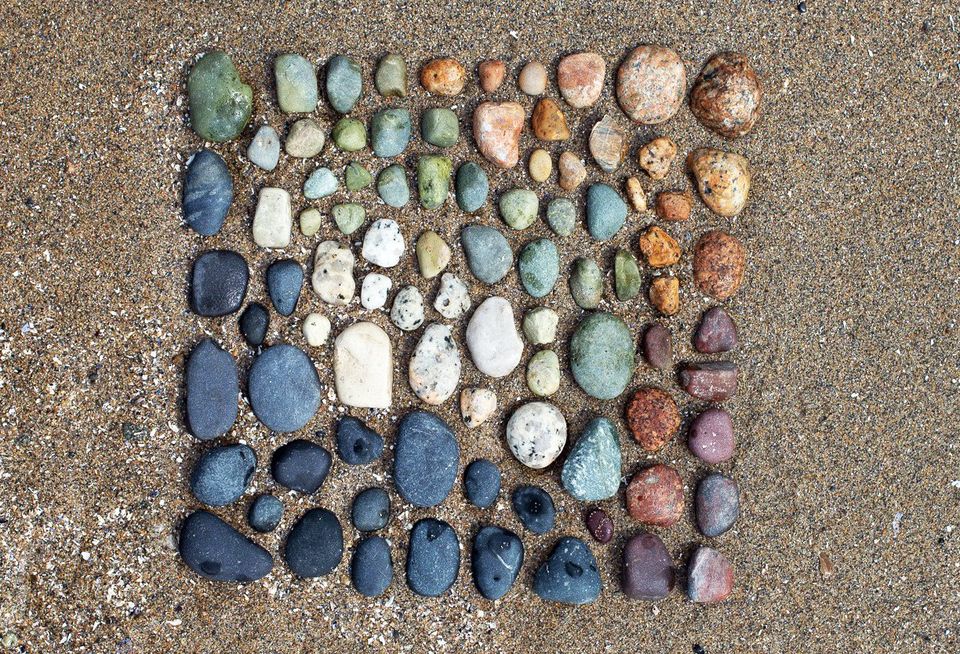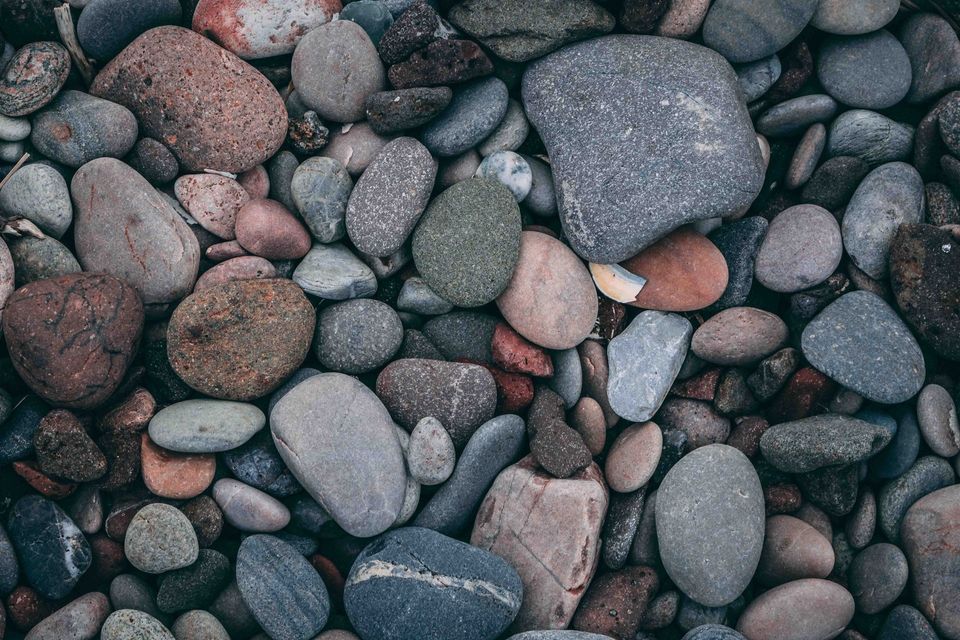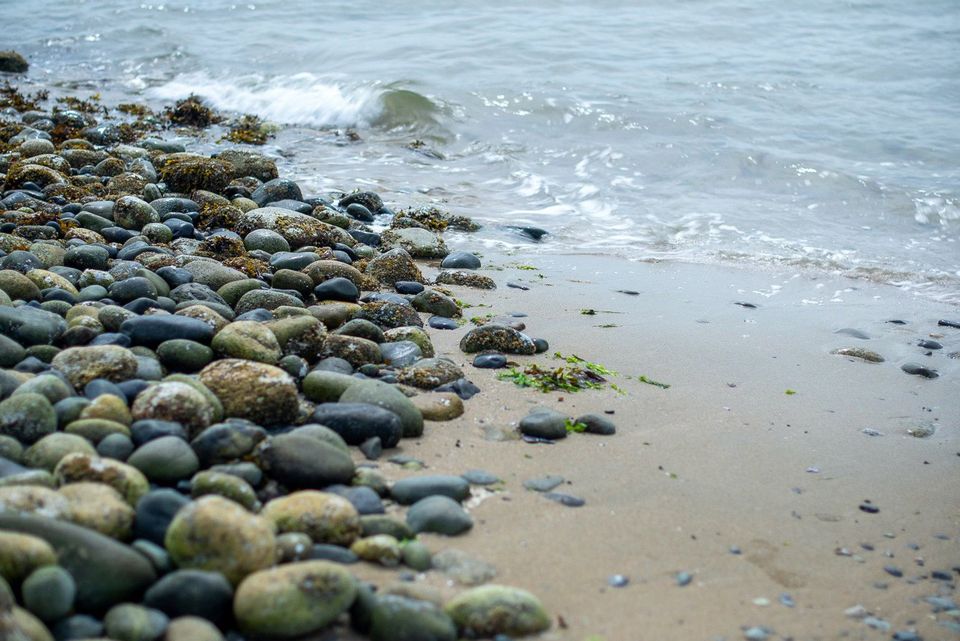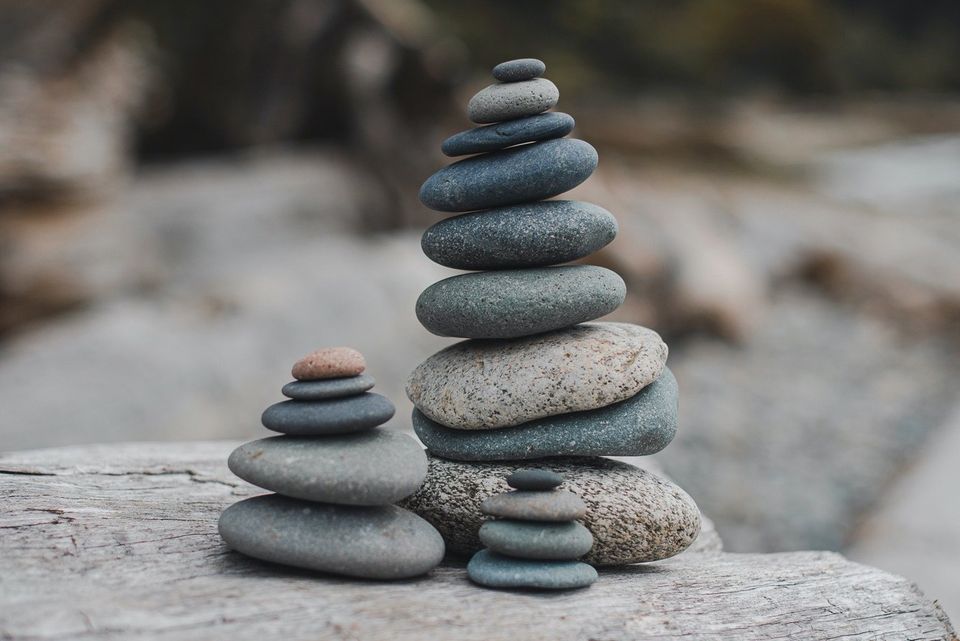Rocks of British Columbia
Collecting Rocks in BC
This summer my husband and I spent a few days at an airbnb on the Sunshine Coast. Before getting married and moving to BC, I lived in Pennsylvania. I loved visiting the Delaware shore each summer, and was used to walking the long stretches of sandy beach in search of seashells. The Atlantic is a rough ocean, so finding unbroken shells was always rare.
Fast-forward to last summer, when we arrived at the coast I was surprised to find no beach. The rugged waterline was instead ablaze with beautiful color - round stones glistening as they were kissed by the gentle waves. Like a raccoon, I greedily wanted to fill my pockets. Over the course of the next few days my husband and I both enjoyed walking along the water, picking up rocks that caught our eye. He came home with a handful… I had a small bucket full!
As I scanned the stones at my feet, I began to get curious about them. I started looking up information online on various BC rockhounding sites, trying to get better acquainted with the treasures along the coastline. No, I hadn’t been able to find the elusive agates I sought, but that didn’t mean the pebbles in my pocket were any less beautiful just because they weren’t as rare. The following is the information I gleaned as I leaned about my treasures.
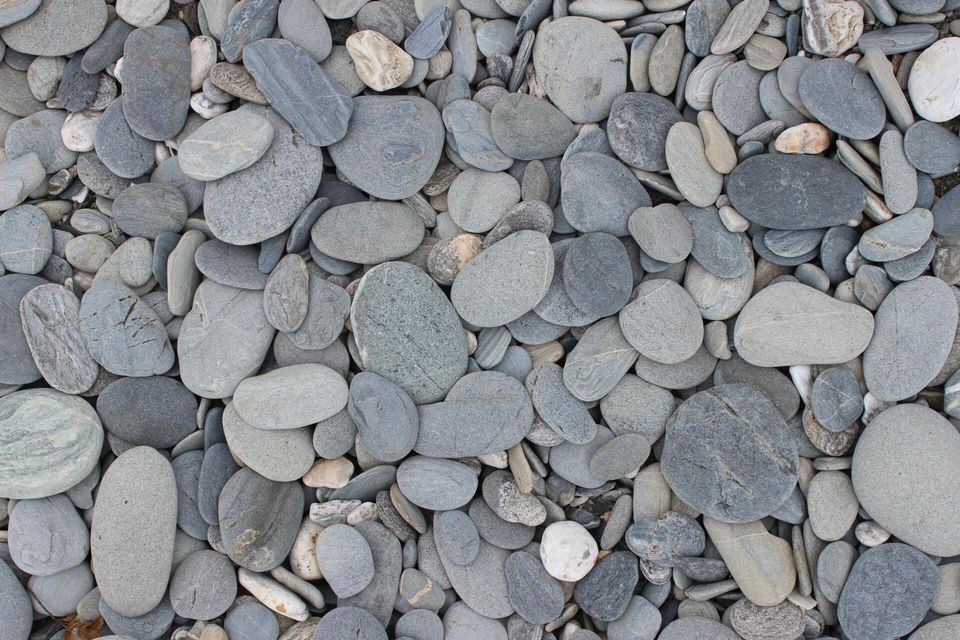
What causes the white lines on rocks?
"There are many different types of rock and many different ways they can end up with "white lines" on them. However, the most obvious and common case is joints filled with quartz or calcite. These can give you clean straight white lines running across the surface of an outcrop or around a pebble. How they form is essentially by the rock cracking as result of pressures within the crust. If the cracks are open then they will be filled by fluids and crystals can precipitate from them. Typically the crystals are rather pure and clean… and so colorless and appear white." Source
I found it amazing that the whole stone alphabet has been collected in the Swiss Alps by André Quirinus Zurbriggen over ten years. That would be a fun challenge!
What gives rocks their different colors?
"Earth's many rocks can take on a seemingly-endless array of colors. From bright reds and oranges to dull browns and grays, Earth's rocks can paint a beautiful picture in nature. All those colors are the result of the minerals that make up the rocks. Minerals are the building blocks of rock. Some rocks consist of just one type of mineral, but most rocks contain a few different types of minerals joined together."
Source
Rocks to look for in British Columbia:
Porphyries Rocks
"Porphyries Rocks are a rocks consisting of feldspar crystals embedded in a compact dark red or purple groundmass." Source
"Porphyry is a textural term for an igneous rock consisting of large-grained crystals such as feldspar or quartz dispersed in a fine-grained silicate rich, generally aphanitic matrix or groundmass. The larger crystals are called phenocrysts.” Source
"The texture is called porphory because it first cooled slowly to allow large feldspar crystal to form. Feldspar has the highest melting/freezing point. Then it cooled quickly." Source
Flowerstone
"Flowerstone (also known as Chrysanthemum Stone, Snowflake Stone and is similar to Chinese Writing Rock and Rice Rock) is a gabbro porphyry of feldspar crystals usually in basalt that shows a distinct flower pattern. When the feldspar crystals are well-developed, Flowerstone is a rock unlike any other. Its crystal petals bloom and reflect the beauty of British Columbian nature. They are thought to have blossomed in an explosion, creating the flower shape of the crystals bursting in all directions." Source
Dallasite, the Pacific Northwest Jasper
"Unique to Vancouver Island, British Columbia, Canada, is the jasper form known as Dallasite, named after the road it was discovered on in the south end of Vancouver Island. It is officially recognized as the third most important gemstone in British Columbia. Dallasite is a fantastic and jaw-dropping artistic display of green, black and white colours, but it often includes blue, yellow, red and all the colours on the spectrum. Dallasite is a jasper breccia made up of quartz, altered basalt, epidote and pumpelleyite. It is thought to have been formed as pillow lava underwater." Source
Rhodonite
"A pink to red manganese silicate used as a gemstone and minor ore of manganese." Source
Here are some great resources if you’d like to learn more about rocks in British Columbia:
- Where to look for rocks and minerals in BC: www.naturekidsbc.ca
- British Columbia Rockhound: www.bcrockhound.com


